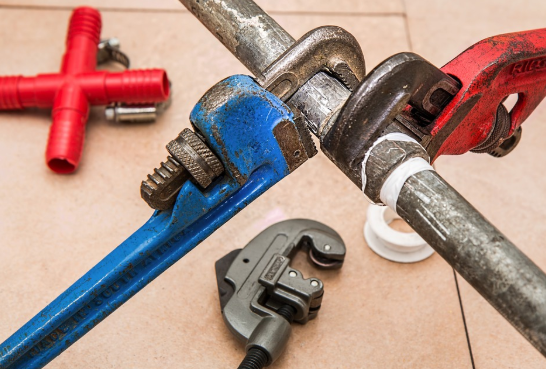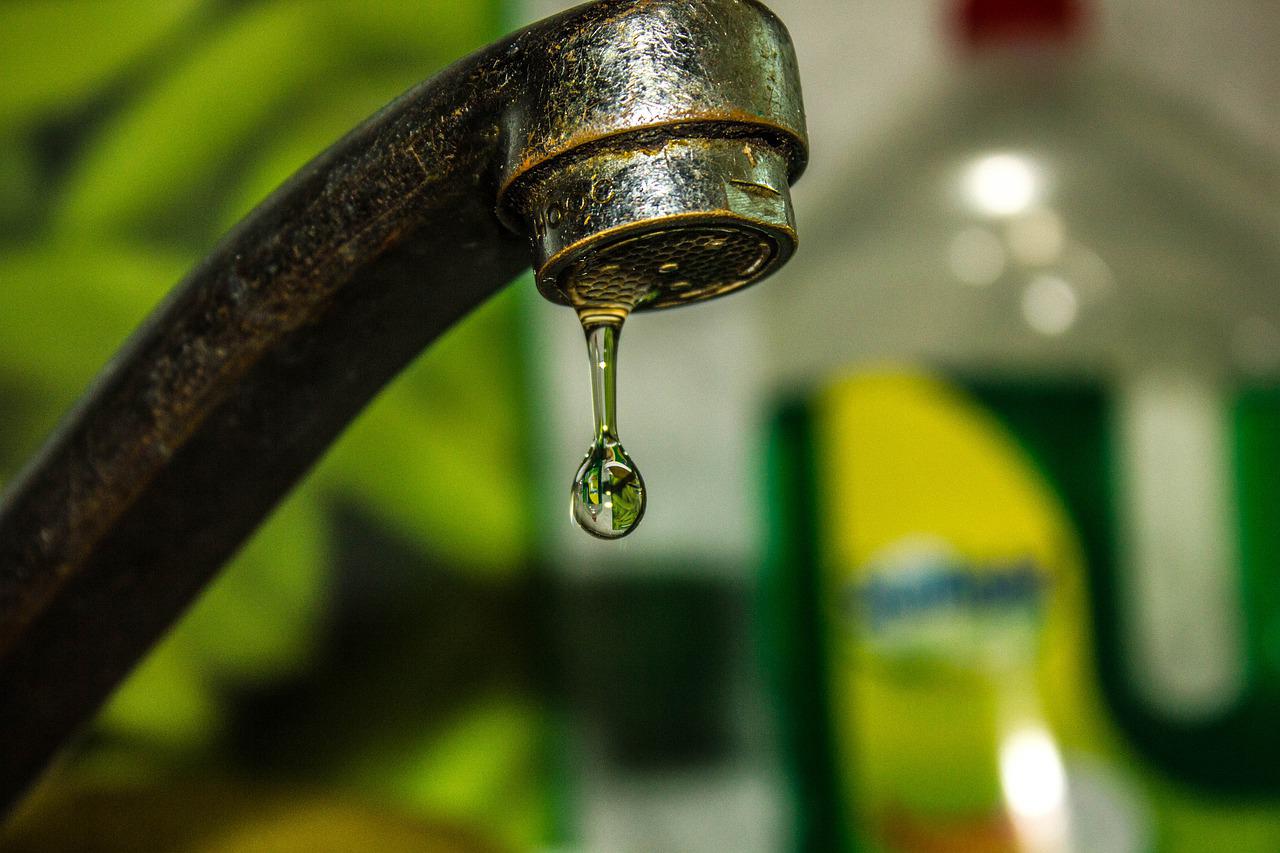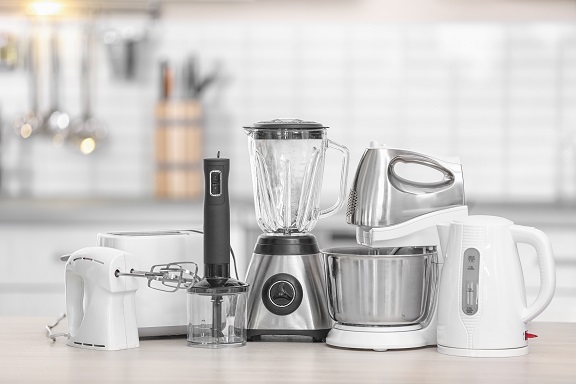Home inspections are a prerequisite when purchasing or selling a property. They ensure that the house is in an appropriate condition, eliminating any unpleasant surprises later on. One of the most significant aspects to pay attention to during these assessments is the plumbing system.
The plumbing infrastructure serves as the backbone of every home, ensuring clean water delivery and proper waste removal. Therefore, understanding common home inspection findings in plumbing systems can save you significant time, money and stress.
Understanding Plumbing Systems
The first step towards finding value in a plumbing inspection is understanding what a plumbing system entails. A home’s piping network includes not just the apparent fixtures like taps and showers, but also complex components like drainage lines, water supply pipes, water heaters, and sewer connections. Recognizing how these elements interact can give you insight into the individual problems that could arise.
Most Common Plumbing Issues
Undetected or unresolved plumbing issues can cause severe damage and hefty repair costs down the line. Some of the most common findings include leaking pipes and fixtures which occur due to wear and tear over time, or poor installation practices.
Secondly, pipe corrosion is frequently seen especially in older homes where galvanized pipes were used; this leads to discolored water and reduced water pressure. Poor water pressure itself is another common problem which could be due to clogs in lines or issues with municipal supply.
Furthermore, outdated plumbing materials constitute another critical area of concern; lead pipes or polybutylene pipes used in the past pose health hazards or reliability concerns respectively. These are potential issues you might uncover during a plumbing inspection – you’ll indeed be keen to learn more about them at Ferguson’s Plumbing.
The Process of a Plumbing Inspection
Professional plumbers carry out an exhaustive process during an inspection. It starts with visually examining all accessible plumbing components such as faucets, toilets, showers, water heaters, shut-off valves and traps under sinks. They further inspect the interior parts using specialized tools like snake cameras that unearth hidden issues within your sewer lines.
Implications of Neglected Plumbing Faults
If plumbing faults are left unaddressed, they can result in far-reaching consequences extending beyond just repair costs. Persistent leaks can waste thousands of gallons of water annually leading to swollen utility bills and environmental concerns.
Moreover, prolonged exposure to moisture can damage your house’s foundation and promote mold growth posing significant health risks. Additionally, faulty plumbing systems can significantly diminish your property’s value making it harder to sell at your desired price point.
Professional Intervention in Rectifying Faults
Resorting to professional help is necessary once faults have been identified. Qualified plumbers bring expertise not only in rectifying existing faults but also suggesting preventive measures to avoid future complications. Regular maintenance activities like drain cleaning or annual inspections for instance can go a long way in maintaining optimal function of your system and avoiding major overhauls.
Ensuring Effective Remediation Post-Inspection
When you have managed to identify the problems through a plumbing inspection, the next step is to ensure effective remediation. Rectifying issues in your plumbing system is a task best left to professionals. Their knowledge and training allow them to accurately pinpoint the problem, provide a solution that fixes it at its root, and also predict and prepare for future issues that might arise.
Preventing Future Plumbing Problems
Prevention is always better than cure, especially when it comes to costly and inconvenient plumbing issues. Regular maintenance can help prevent most of these problems before they happen. This could include periodic checks on your pipes, fixtures, water heaters and drainage lines by a professional plumber who can spot early signs of trouble.
Modern Technology In Plumbing Inspections
Modern technology has drastically improved the accuracy and effectiveness of plumbing inspections. Devices such as snake cameras offer non-destructive means of inspecting internal pipe conditions, efficiently detecting blockages, cracks or other anomalies even in portions not readily accessible.
These tech advancements enable earlier detection of potential issues preventing expansive damage, while fostering an understanding about your home’s plumbing condition beyond what’s visible to the naked eye.
To Conclude
Home inspections with specific emphasis on plumbing systems serve as a vital tool for homeowners desiring smooth residential functioning without shocks from unexpected repairs or health hazards due to underlying issues.
Having professionals inspecting your piping network on a regular basis underscores importance particularly if you notice telltale signs such as slow draining sinks or discolored water emerging from your taps.
Armed with knowledge about common issues discovered during inspections and their implications will undoubtedly empower you in keeping your home safe and efficient while preserving its value for years to come.








